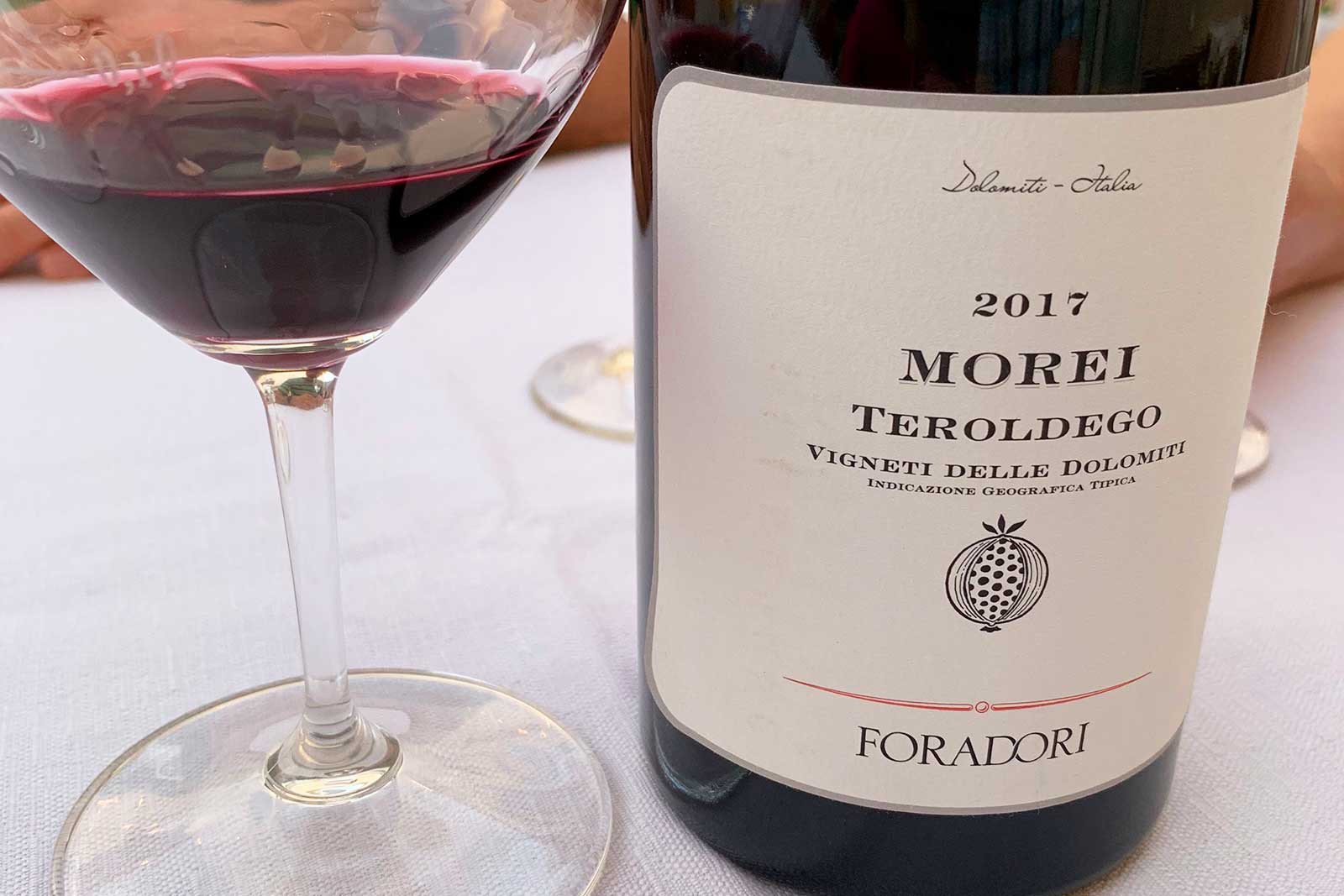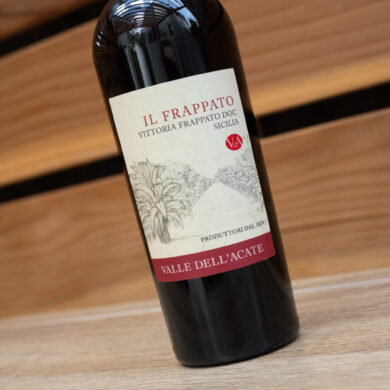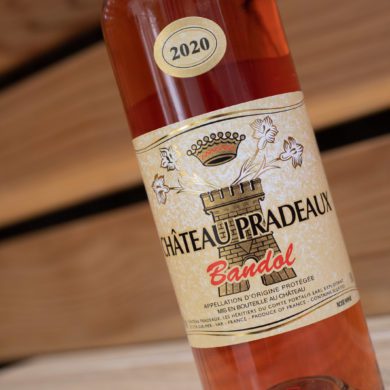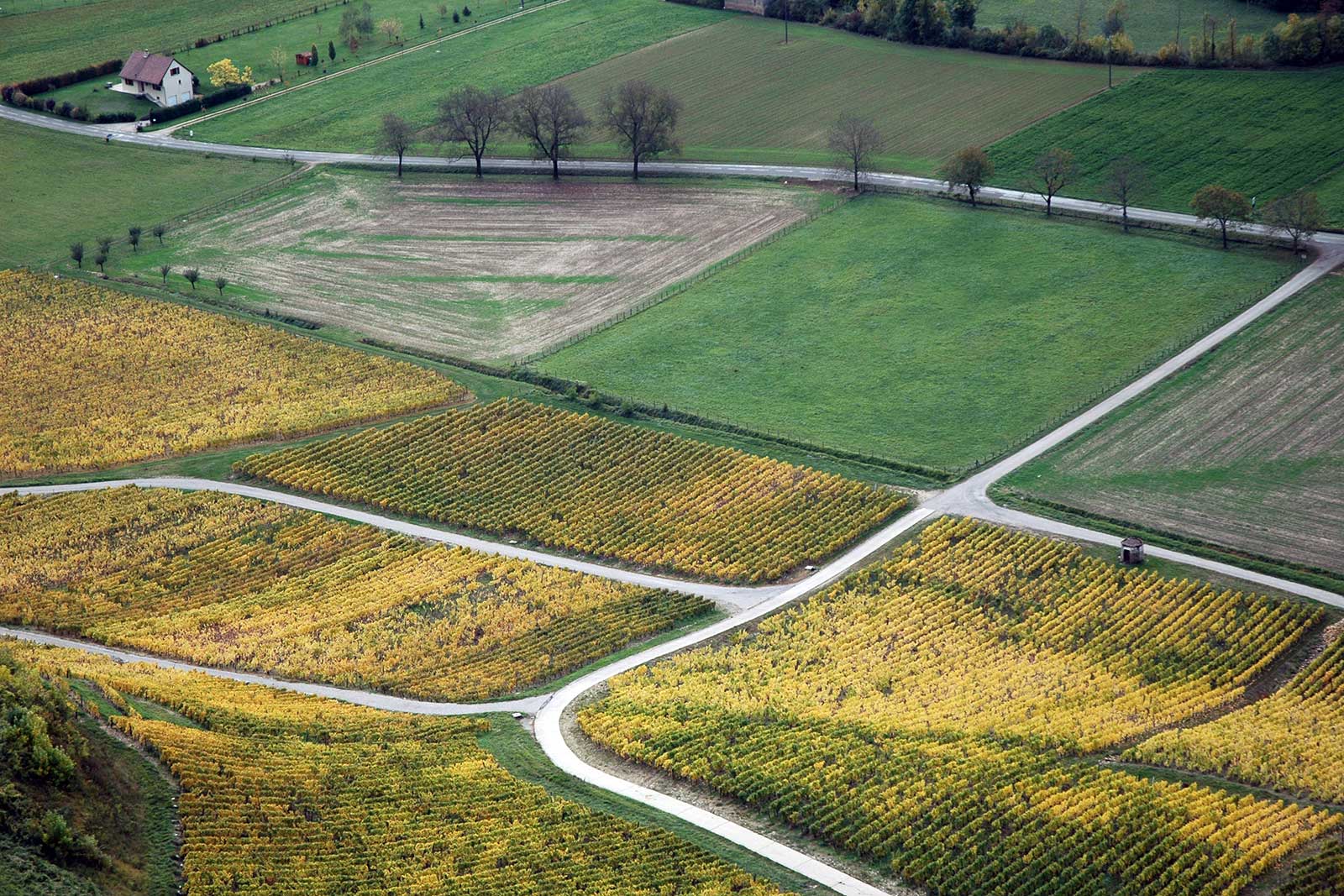So often in the wine world, hype becomes a burden. For example, how could Gaja Sori Tildin Barbaresco be worth $550? Is it really nine times better than Produttori del Barbaresco’s Asili Riserva, which regularly sells for $65?
Of course, the metrics by which we measure hype don’t just have to be in terms of price. On the natural wine spectrum in Italy, a similar hype machine has elevated names like Foradori, Radikon and Occhipinti into a different kind of stratosphere. Sure, their wines cost more than others due to their demand, but to criticize their style of winemaking — or to even say their wines are not to your taste — invites a certain kind of scorn in some circles. Hype serves to channel blind allegiance and narrow the conversation.
(For the record, I adore the wines of Radikon and Occhipini, but they’re not for everyone).
In the case of Elisabetta Foradori, the burden is amplified by her singular role as an ambassador for two localized grapes: Nosiola and especially Teroldego. For many wine professionals and collectors, her wines are those grapes, and those grapes are her wines. It is as if there are no others.
Perhaps it is because of this odd twist that I had not, until recently, bothered to examine her wines. Were they truly the best versions of white and red wine from Trentino, or an outlier of specific technique that stood alone? I’m still trying to figure that out, but on a recent trip to neighboring Alto Adige — best known for crystalline white wines — I found myself breaking the impasse and ordering her Morei Teroldego with dinner.
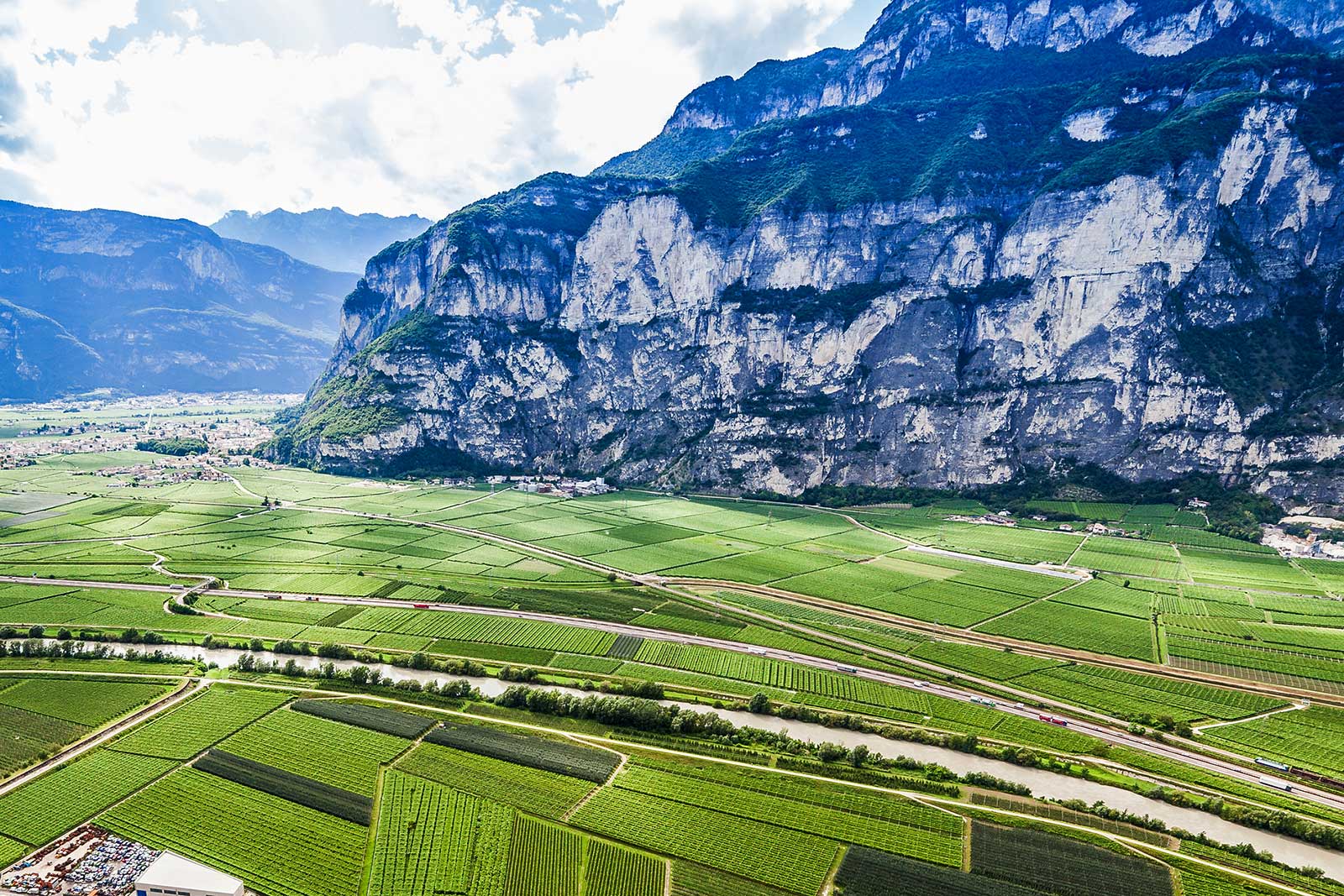
Back Up a Second … What is Teroldego?
Teroldego is the most important indigenous grape variety of Trentino, an autonomous province in northern Italy. Like so much of the Italian wine landscape, Teroldego’s appearance on a wine label probably raises more questions than it answers. One might ask “am I getting something akin to Pinot Noir or more like Cabernet Sauvignon?”
With certainty, Teroldego is genetically related to Syrah, although exactly how is under dispute. It may also have a genetic relationship with Pinot Noir (which has grown in Trentino for centuries) and it appears to be a forebearer of Lagrein, the boldest indigenous grape of Alto Adige to the north. These connections to Syrah and Pinot Noir are noticeable in the wines — Teroldego wines have Syrah’s concentration, power and wild aromas of black fruit, olives and herbs, while retaining the soft approach and delicate tannins of Pinot Noir.
Why Foradori Stands Out
In the 1980s, Elisabetta Foradori took the lead on showing the world what Teroldego was capable of. She applied massal selection techniques when replanting her vineyards, which helped to preserve and promote Teroldego’s genetic diversity — something that had been lost by large-scale Teroldego vineyards which produced mostly bulk wines. She also emphasized lower yields, biodynamic farming, and the use of clay amphorae for the élevage of her wines.
Based on my tasting of her “Morei” Teroldego, I would suspect that this last technique is the one you will notice the most. Amphorae-aged wines benefit from the flavor-neutral clay surface of the vessel. There are no oaky tannins to contend with, no vanilla-like flavors imparted to spice things up. Just pure, varietal expression.
Foradori keeps some of her wines (including two Teroldego) in contact with the skins inside these vessels for up to 8 months. This long maceration seems to extract Teroldego’s heart and soul into the wine, particularly the grape’s acidity. The “Morei” Teroldego has a blast of acidity that, while elevated, keeps the wine balanced and energetic. I marveled at how concentrated and pure the fruity tones were as well. This is a superbly made wine, and while my brain said “please, don’t jump on another bandwagon,” my heart couldn’t help it. Foradori’s wines are worth exploring further.
2017 Foradori “Morei” Teroldego
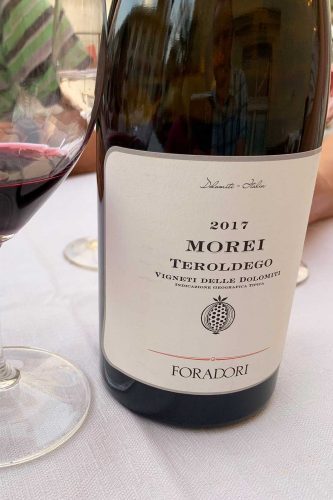 Vigneti delle Dolomiti IGT (Trentino-Alto Adige)
Vigneti delle Dolomiti IGT (Trentino-Alto Adige)
Grapes: Teroldego (100%)
Alcohol: 12.5%
Farming: (biodynamic)
Rating: ★★★★ 3/4 (out of five)
Food-friendliness: Versatile
Value: Very good
Tasting notes: Foradori’s “Morei” is one of four Teroldego wines — two are aged in oak, two are aged in amphorae, with the “Morei” seeing eight months of skin-contact in clay vessels followed by three months in oak casks. This wine is an attention-getter: The inky color with a garnet rim is appealing upon the pour, and the rich aromas — recalling red raspberry, dark plums, baking spice, olives and a hint of sweet smoke — are invigorating. Most notable of all is the texture of this wine. It is silky smooth, with just a hint of tannin and a robust acidity that moves things along. A radiant gem of a wine.
Serving suggestion: Morei would work exceedingly well with Jamaican jerk chicken, burgers or slow-roasted pork. Can be served with a slight chill without losing its magnificent aromas.
Help Us Out. Buy Some Wine.
Support opening a bottle by shopping at
$25 off your order of $200 or more with code SUMMER25

